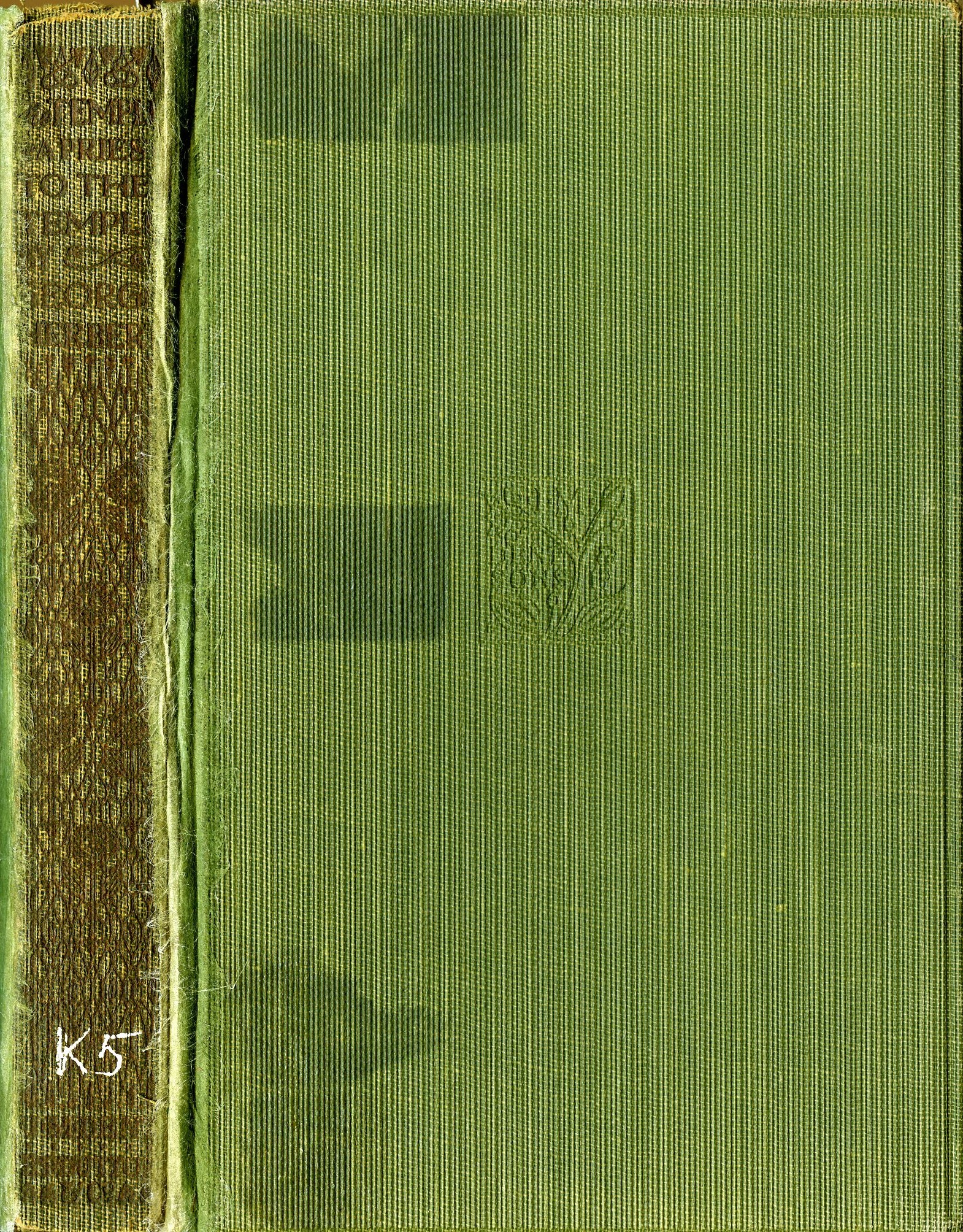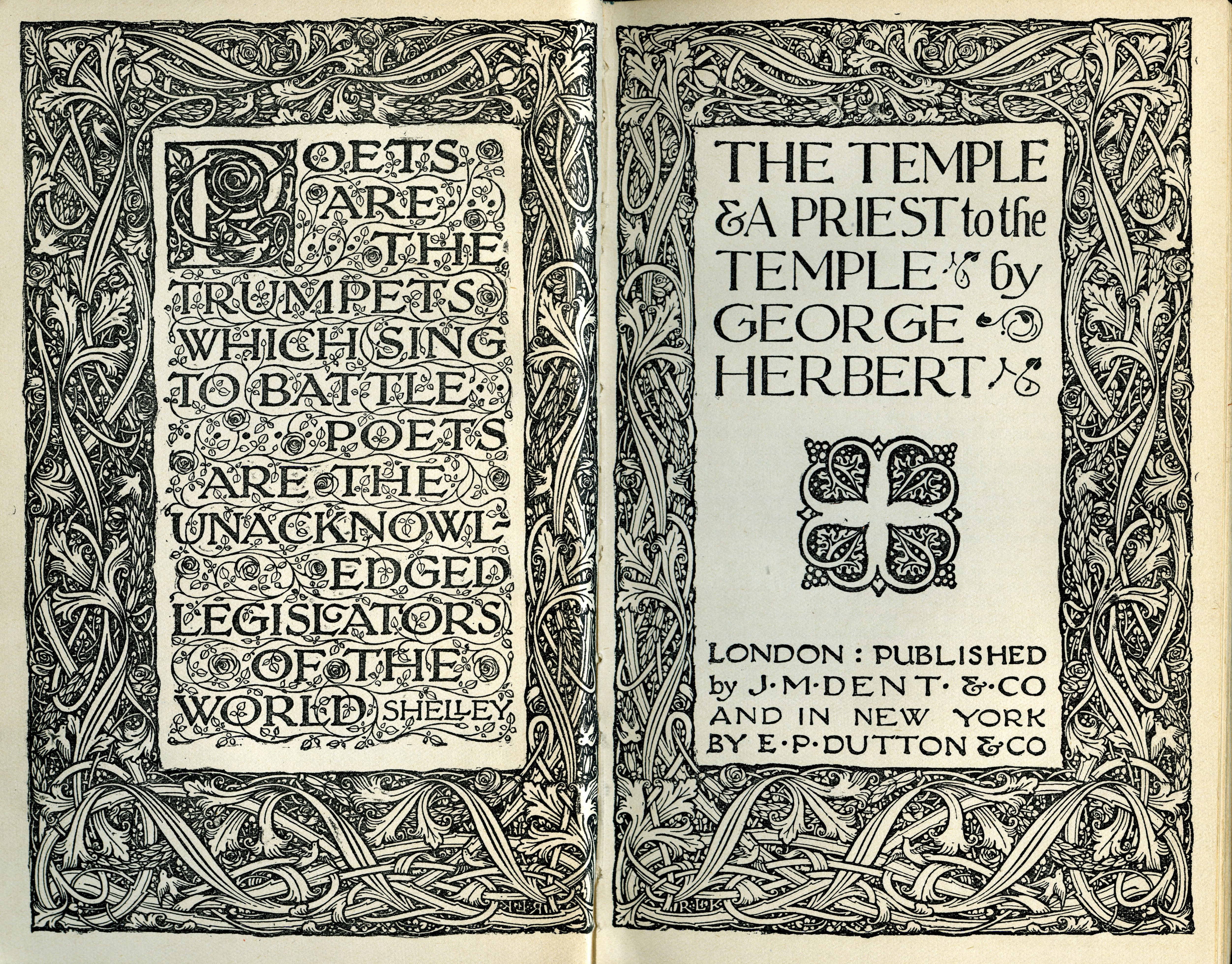
Humankind stands at a crossroads today. Still emerging from the aftermath of a global pandemic, the world is faced by monumental environmental, social and political challenges. Extreme weather events, floods and food poverty are no longer only on our screens affecting poor people in countries far away; screens that we in the global North were able to switch off after a momentary sigh of compassion before getting on with our lives. Some of us are starting to feel the impacts of planetary change and have financial struggles too. But they haven’t really affected us that much yet. We still have the time, space and luxury to ponder how we can improve our emotional and mental wellbeing – perhaps carve out some more “me time” or go on more walks in nature or keep a daily journal.
The shift from considering poverty and wellbeing simply in monetary terms to a broader, multi-dimensional understanding of these terms is not new. It began at the turn of the twenty-first century with the Millennium Development Goals (MDGs) which aimed to tackle material poverty but also access to health, education and water and sanitation - the first united global effort to eradicate world poverty. In 2015 the Sustainable Development Goals (SDGs) replaced them, going further and also recognising the importance of environmental sustainability in realising poverty goals, as well as their interconnectedness.
In theory this all made perfect sense and since the MDGs were established in 2000, global poverty was on a declining trajectory for a number of years. However, progress towards eliminating world poverty has been slowing down since 2013. And since Covid in 2020, progress towards the SDGs has stalled with most recent reports showing a rise in the number of people living in extreme poverty for the first time since records began. If present trends persist, by 2030, a staggering 575 million people will remain in extreme poverty and 84 million children will be uneducated.
A bleak picture. With the global machinery signed up to reduce world poverty (and that’s not even bringing the COP Climate Change talks into the mix), how have we got to this point? By diversifying our attempts to improve human wellbeing, have we taken our focus off eliminating basic, grinding economic hardship? Or conversely, is it too little too late? Did our historic focus on economic development rather than equitable human wellbeing sow the seeds of inequality and planetary disruption that we are now reaping? Should we actually go further? And as the timeframe to achieve the SDGs narrows, there are calls for the next set of human development goals to be more overtly focussed on human flourishing.
When you are doing your best to survive, perhaps thriving isn’t top of the priority list.
Human flourishing is the state of optimal functioning and wellbeing across all aspects of an individual’s life and their community. We flourish when we live with purpose; when we practice gratitude, forgiveness, and open-mindedness.
A group of experts from Harvard have proposed five sets of Global Flourishing Goals to lead on from the SDGs, including striving for meaning, purpose and life satisfaction, ending economic hardship, social and political cohesion as well as protecting biodiversity. Likewise, the Christian aid and development agency, Tearfund, has long been a proponent of viewing human wellbeing holistically. The Light Wheel is a tool to guide practical action that promotes seven different areas of wellbeing – such as material assets and resources, emotional and mental wellbeing, living faith, personal relationships - that in turn lead to whole life transformation and flourishing communities.
But what do the world’s poorest people think about this emphasis on flourishing? When you are doing your best to survive, perhaps thriving isn’t top of the priority list. Who cares about life satisfaction and fulfilment when you are struggling to feed your children a daily meal of rice and beans? Is the concept of flourishing for rich people who have nothing to worry about other than feeling a bit happier? Is this the right track for global human Development?
“Poverty is lack of freedom, enslaved by crushing daily burden, by depression and fear of what the future will bring.”
“Poverty means working for more than 18 hours a day, but still not earning enough to feed myself, my husband, and two children.”
These are quotes from a landmark World Bank study, Voices of the Poor; an unprecedented millennial effort to gather the views, experiences, and aspirations of more than 60,000 poor men and women across sixty countries. The study presented the realities of poor people’s lives through their own voices. How do they view poverty and wellbeing? What are their problems and priorities?
Although poverty is rarely about one thing, for the world’s poorest, the bottom line was and always will be hunger - the lack of food. As expected, human wellbeing without the basic building blocks for survival - food and water – is impossible. Better health and access to education were also priorities. However, it seems that having enough materially for a good life is asking for relatively little. “But at least for each child to have a bed, a pair of shoes, a canopy over their heads, two sheets—not to sleep like we do on the ground.”
But the responses were much broader than a desire for material and basic needs to be met. Many of the expressions of wellbeing were about relationships; social and emotional wellbeing were acutely important. Harmony within the family unit and wider community, close and reliable friendships, helping one another. Wellbeing also had important psychological dimensions for those interviewed, such as the desire for dignity and respect, to feel better about oneself, to maintain a spiritual life.
When people were asked to rank the institutions most important in their daily lives, local churches scored well because they offer spiritual support as well as material assistance in times of need, also serving to strengthen communication between the various groups in the community. Community cohesion matters to the poorest. And relationships are at the heart of the Gospel of Jesus Christ.
So can you flourish your way out of poverty? If we mean the UN definition of extreme poverty, and if flourishing means wellbeing in all aspects of life, then probably no. The poorest people in the world, like the rest of us, need the minimum building blocks of life to survive before they can thrive here on Earth.
But from a Christian perspective the new Development discourse around flourishing is moving in the right direction. In John’s Gospel in the Bible, Jesus is clear that he came “that we may have life, and have it to the full”. When Jesus refers to a full “life”, he means the assurance of eternal life that comes through a faith in Jesus Christ. To truly flourish in our Earthly life, the hope of eternal life with Jesus is the critical aspect of wellbeing – it is what sustains and strengthens us as humans as we live our life on Earth. This is the great equaliser between the rich and the poor. The poorest people often see this far more clearly than the rich who have less need for God and an eternal life where – as it says in the Bible - there will be no more death or mourning or crying or pain and all will be new.
“We may be poor in material things, but we are rich in the eyes of God.”(Voices of the Poor, 2000)
Of course it depends what weight you put on the spiritual aspect of flourishing, but perhaps on balance, those we consider to be the poorest on Earth are actually far closer to human flourishing – to having a “full life” - than we are.







